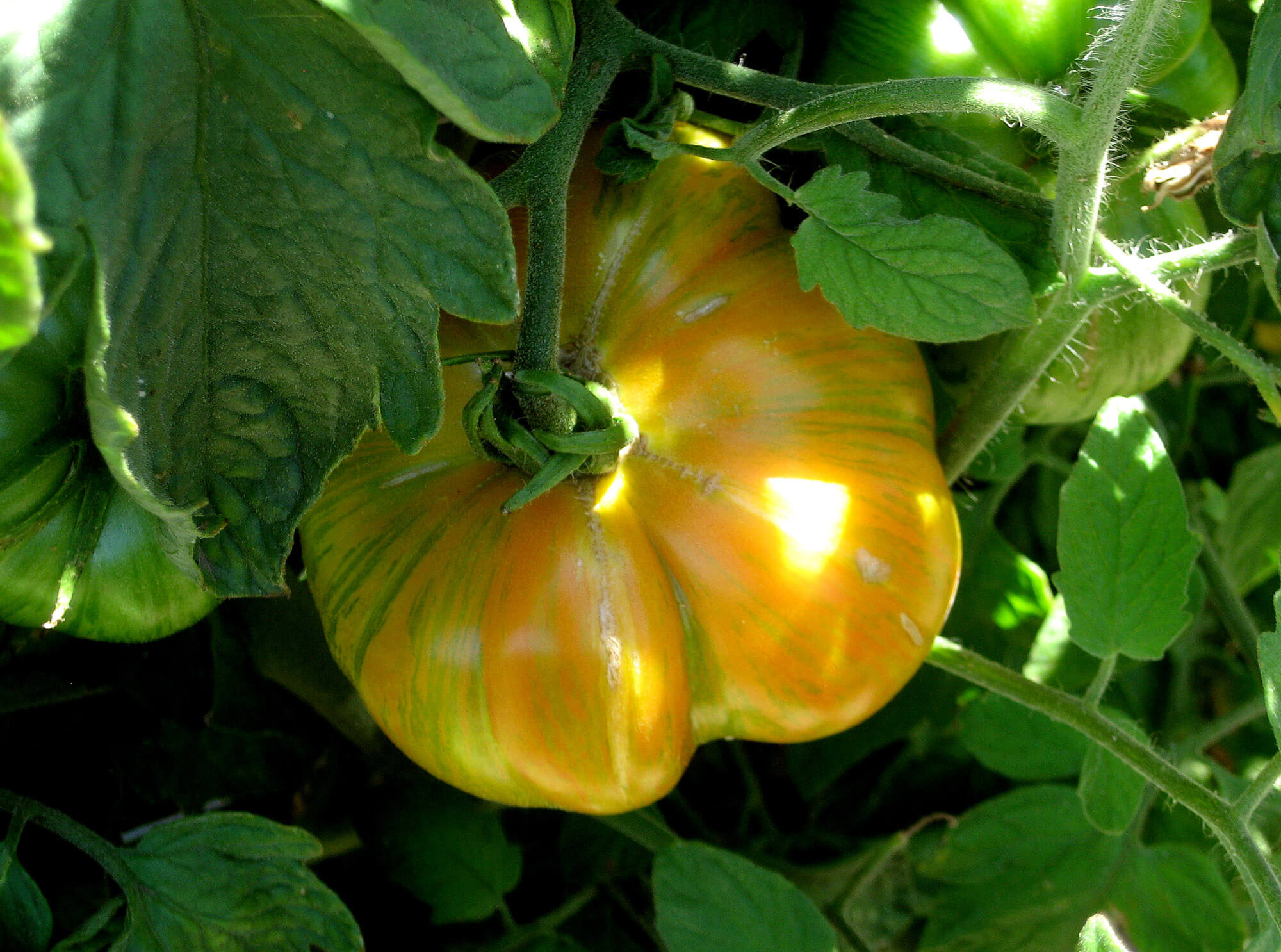Graduations, vacations, and backyard barbecues might actually be a thing this year! But before you start planting your summer veggies, take a few moments to prepare for later on. That warmer and drier part of summer is the time when you will reap the benefits of spring planning.
Apropos to this month’s cover article, I’d like to share an all-too-common nutrient problem that can plague Bay Area gardeners. Tomatoes and cucurbits (squashes, cucumbers, melons) need ample CALCIUM for proper fruit development, and now is the best time to make sure you’re covered. Every year around July, we see a steady stream of customers holding deformed fruits with a soft, brownish indentation on the flower end; Blossom End Rot (BER). You can add calcium to the soil now, or use a foliar spray later, but neither of these is as important as keeping the soil steadily moist but not wet. BER is most common early in the season as plants are rapidly growing, and it also seems to be more of a problem on paste tomato varieties.
Things you can do now to minimize BER are to set up an automatic watering system to avoid fluctuations in soil moisture, mulch the soil surface, and avoid high nitrogen fertilizers. Later in the summer it is OK to allow your plants to dry-out a little, which may even enhance flavor, but for now give them some extra TLC in order to avoid unnecessary stress.
When planting, consider adding natural ingredients such as composted egg shells, bone meal, lime, or oak leaf mold. And for post-planting, an excellent topical treatment available in our store is Bonide Tomato & Blossom Spray, which can be applied directly to the leaves of your plants.
We like to remind gardeners of the importance of not only selecting the right varieties, but of proper spacing and irrigating. Far and away the most popular homegrown produce are tomatoes, and if you are like most urban gardeners, you’ll be tempted to try your luck with a few plants grown in pots. No problem with this, just make sure that you choose DETERMINATE varieties, otherwise your plants will outgrow their containers by July. And, when planting larger varieties in the ground, take time to rig up a support system before your plants are 6 feet tall.


